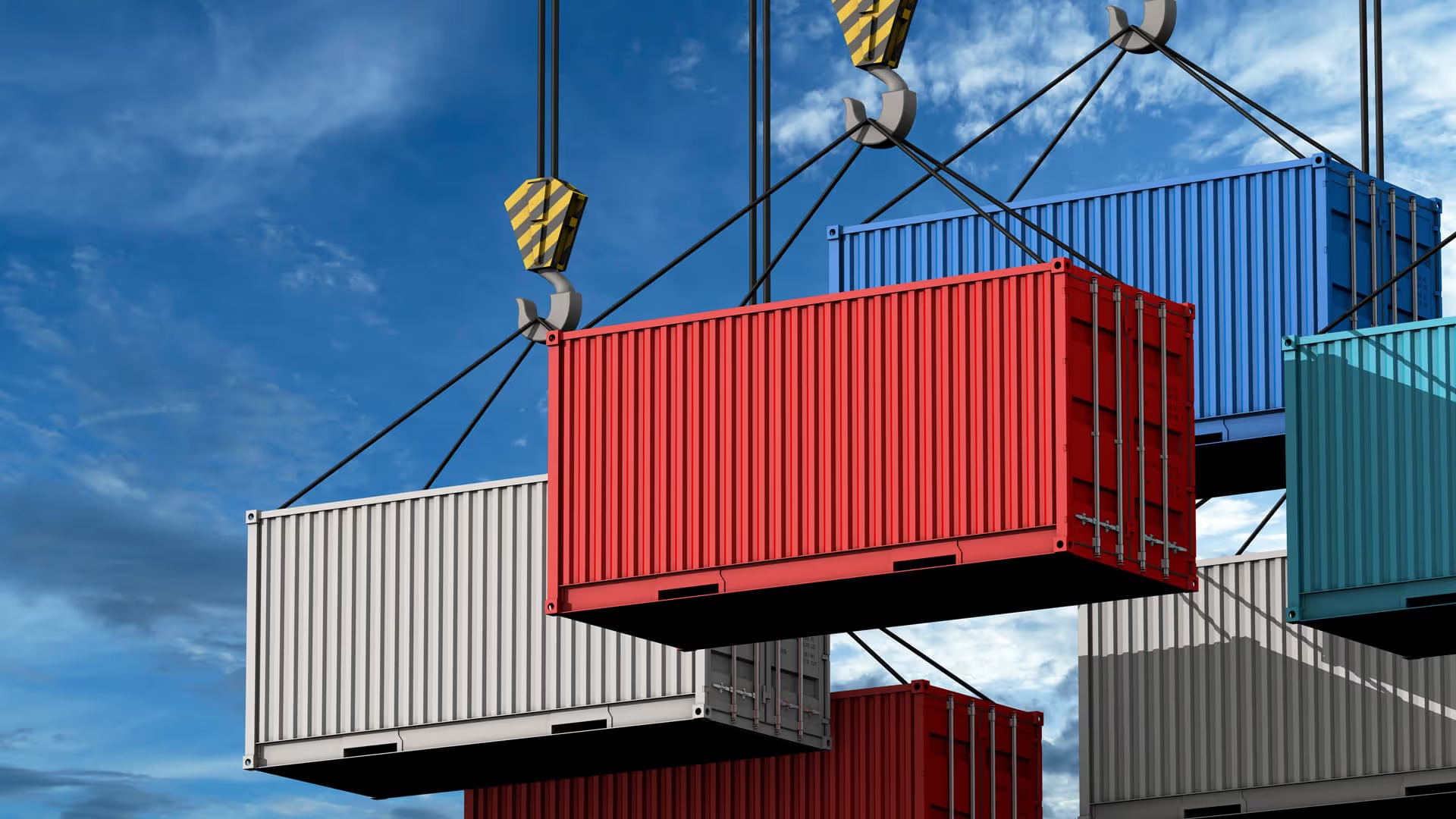

Any organization that was hoping for a more normalized, stable freight environment in 2021 has probably been disappointed with the realities of the current market. From labor constraints to port congestion to container shortages, the inbound freight environment coming into the U.S. has been out of balance for months. This led to capacity constraints and freight rate hikes just as organizations began to gear up for a post-pandemic recovery. Domestic transportation has been facing its own challenges, with a persistent truck driver shortage, new pandemic “waves”, and supply shortages all creating a perfect storm of obstacles for many companies right now. Whether they’re shipping by rail, truck, ocean, or air, the companies can’t seem to circumvent the onslaught of issues being put in front of them.Flooding the GatewaysWith peak season right around the corner—generally starting in mid-August and continuing through Thanksgiving—the transportation challenges may get a little steeper before companies start to see any significant improvement in them. For now at least, it looks like retailers are leading the pack of shippers trying to get out in front of the expected spike in demand for transportation.“The annual rush to get inventory onto shelves for the busiest retail season of the year is underway,” Supply Chain Dive states. “Cargo owners have been dealing with short space in the ocean shipping market for months, so they're bringing in cargo earlier than usual in the hope that it will arrive for peak season.”Companies hoping for some normalcy for this year’s peak season could be in for a disappointment, the publication continues. Congestion on the West Coast is getting worse, it says, and the deluge of containers is not expected to stop any time soon. In early July, dwell times at the Port of Los Angeles’ container terminals were at least five days while on-dock rail dwell time was about 12 days. Similar trends are taking place on the east coast, where South Carolina Ports Authority says it’s handling more volume than ever, Supply Chain Divereports.According to SupplyChainBrain, container shipping rates from Asia to the U.S. and Europe increased to new record levels in July—an indication that transportation costs will likely stay elevated for companies heading into a peak season for rebuilding inventories. It says the persistent shortage of containers along the busy transpacific lane carrying American imports is to blame for the higher rates and lack of capacity. “Goods in containers are flooding into the biggest U.S. gateway for seaborne trade at five times the volume of steel boxes full of exports,” it adds.Prepping for Peak Season in 2021Organizations that are planning ahead now for peak season are in good company. A July Logistics Management readership survey found that there is strong sentiment that the 2021 peak season will be more active than it was a year ago, with 79% of respondents indicating that will be the case, with 16% contending it will be similar to 2020, and 5% expecting it to be less active. Some of the reasons peak season is expected to be more active than a year ago include higher import levels, new orders growth, increased demand, and an improving economic outlook.“With summer in full swing, many freight transportation, logistics, and supply chain stakeholders are gearing up for the traditional fall peak shipping season,” Jeff Berman writes. “But coming off of more than 15 months of activity across myriad modes and verticals that has been far from typical, due to the pandemic, many stakeholders make the argument that there has been a permanent peak season, of sorts, going back to the onset of the COVID-19 pandemic.”Knowing that peak cargo season is probably already underway, shippers should be watching the numbers closely and securing their freight capacity well in advance. This is where transportation management systems (TMS) and global supply chain visibility (SCV) platforms can really prove their worth by helping companies identify and grab opportunities; monitor all freight activity and spend; and leverage end-to-end visibility across all of their freight modes and lanes.
.avif)
Break Through Your Digital Transformation BarriersIntelliTrans’ Global Control Tower provides high levels of supply chain transparency; aggregates, completes, and enhances data from a variety of sources; offers visibility into and execution of different aspects of the supply chain; and generates data-driven alerts and analytics that ask deeper questions and deliver meaningful insights.By leveraging tracking information, the Global Control Tower provides analytics that measures key performance indicators (KPIs) like fleet cycle time, origin/destination dwell time, lane and hauler performance, back orders, freight spend, load optimization, and more. With their rate, equipment, lease, tracking, and invoice data in a central repository that’s accessible 24/7, companies can position themselves for success in any market conditions.